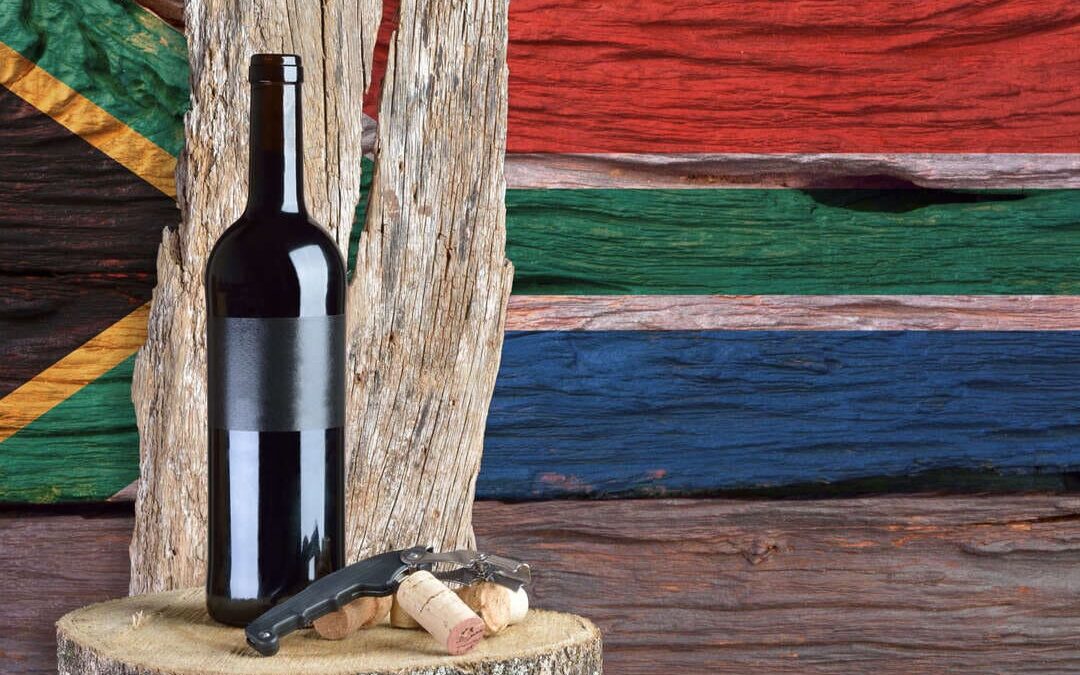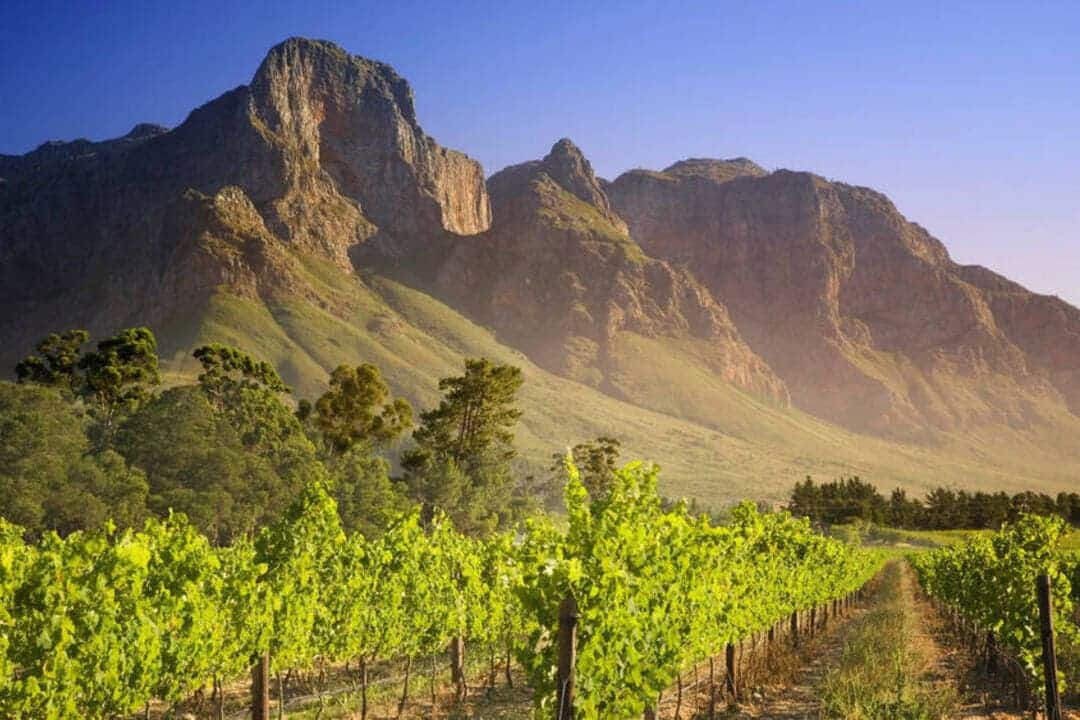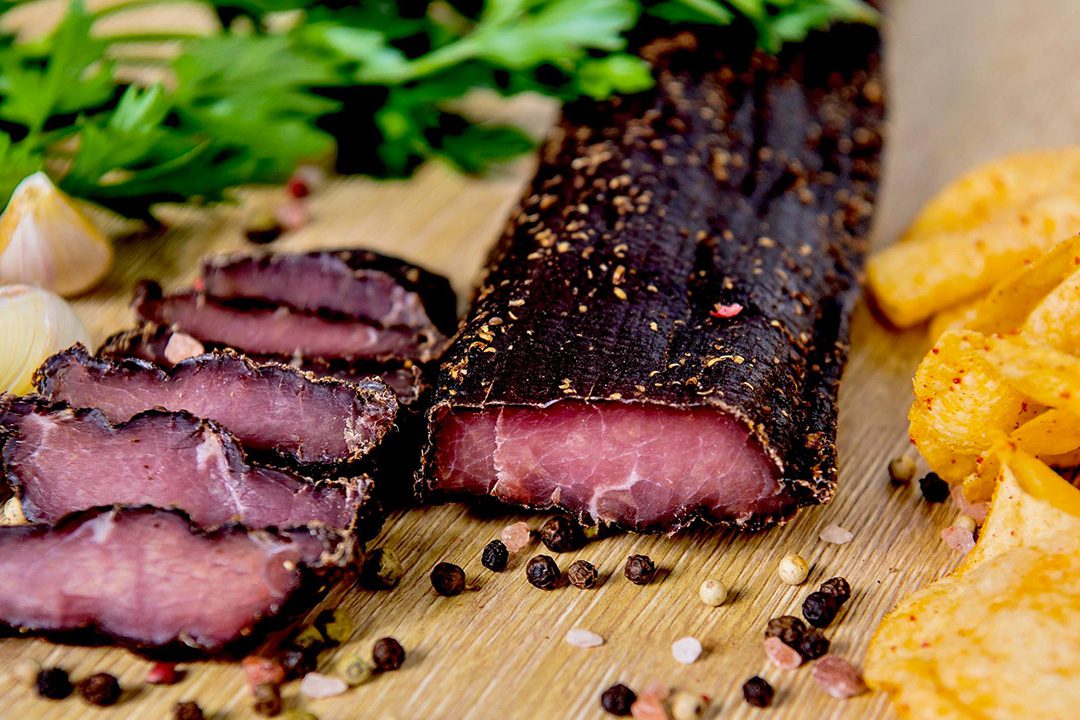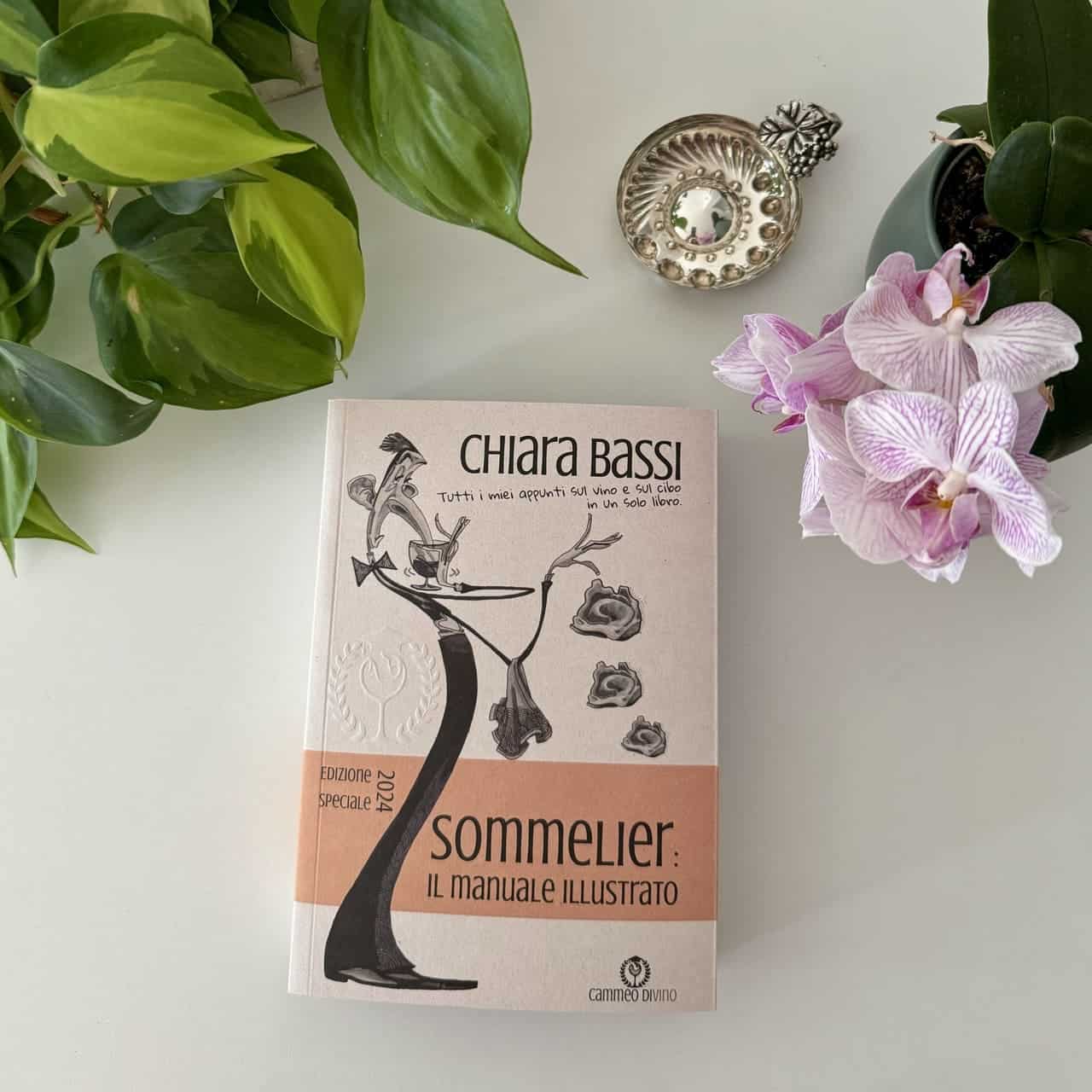Before taking the sommelier course, I had never considered the Republic of South Africa as a wine-producing location. Yet South African wines are extremely interesting and easy to appreciate even for a non-expert audience, especially when it comes to white wines. South African white wine, in fact, is often endowed with delicate aromas, lots of freshness, acidity, a relatively light body and great drinking ease. In this article, I will share with you my notes on history, viticulture, oenology and food and wine pairing.
South African wines: a bit of history
In 1652, Governor Jan Van Riebeeck founded the supply station of the East India Company at the Cape of Good Hope and brought in vine shoots from Europe, convinced that by drinking wine the sailors would suffer less from scurvy.
Viticulture in the Republic of South Africa has made enormous strides, thanks in part to the favourable climate that is close to that of the countries of the Mediterranean belt. Despite the boycott in the 1970s and 1980s as a consequence of the apartheid policy (which prevented any form of communication and exchange with the rest of the world), the wine growers continued to work hard and when the sanctions were lifted, the modern era of South African wine was born. After the abolition of apartheid in 1991 and the election of Nelson Mandela in 1994, the opening of markets created new stimuli towards an export based on high quality wines with a good price/quality ratio. These years also saw a change in the style of production from bulk wines, fortified or intended for the production of Brandy to premium wines.
South African wines: some numbers
In 2010, more than 130,000 hectares of vineyards produced about 9,300,000 hectolitres of wine with a very rapid progress that resulted in more than 35 % of the production being exported within a few years. The problems for South African wineries are related to the hot climate that produces grapes with low acidity, the low availability of new land to plant vineyards and the low consumption of 8 litres per capita/year. Some winemakers, once employees of the various companies, market their wine without owning either vineyards or cellars. They generally buy the grapes, rent the cellars or directly make the wines, which are then blended, matured in barrels and bottled. This gave rise to vin de garage, high quality batches produced in extremely limited quantities: Etienne Le Riche, David Trafford... Today, one can distinguish 3 types of producers: cooperative wineries (66 wineries offering wines with a good quality/price ratio), private producers (330 private producers including prestigious companies such as Bellingham and Distell who use grapes from their vineyards and young wines to be blended and subsequently marketed under their own brand name) and individual wineries (producing wine exclusively from their own vineyards or from adjacent areas).
You can now subscribe to my newsletter or scroll down the page to continue reading the article!
South African wines: viticulture & oenology
Since the 1960s, vineyard yields have decreased, fermentations are carried out at low temperatures to improve the freshness and aromas of the wines, and the use of French oak barrels has increased. To limit the serious problems of infection, a virus detection and material certification programme was created. Although the problems caused by viruses and parasites persist, strict controls have improved the situation considerably.
South African viticulture focuses on white grape varieties such as chenin blanc and colombard (most common), chardonnay and sauvignon blanc (most exported).
South African wines and local gastronomy: food and wine pairing
The interweaving of various cultures that characterises the Republic of South Africa can also be found in the varied gastronomy derived from the different ethnic groups that populate the country. The most commonly used ingredients besides maize are fruits, vegetables, spices and dried fruits with sweet, sour, soft and spicy flavours.
From the Anglo-Saxon tradition one of the typical dishes, the braai (BBQ with almost raw meat inside) from the German boerewors (farmer's sausages) flavoured with dried tomatoes and spices. The sosatie (cubes of meat marinated with fried onion, spices and tamarind juice, cooked on a spit and served with dried apricots and corn polenta). The billtong (chunks of meat of all kinds, from ostrich to impala, from antelope to buffalo dried as aperitifs) go well with a merlot of good smoothness and structure. The bobotie (meat or fish dish, fruit cooked in vinegar, eggs and spices). In the Cape area oysters, lobsters and prawns with butter and lemon sauce go well with . In the Durban area, the bryiani (saffron rice with chicken or lamb marinated in yoghurt and spiced with cardamom, cinnamon and cumin).
You can now buy my book Sommelier: the illustrated manual or scroll down the page to continue reading the article!
Book "Sommelier: the Illustrated Manual" Special Edition 2024
All my notes on wine and food in one book.
€ 38,00 VAT included!
In stock (can be backordered)
South African wines: key concepts to study together
The climate of the Republic of South Africa
The climate is Mediterraneancooler on the coasts, hotter and drier inland. Drought can cause problems in ripening grapes.
Land in the Republic of South Africa
The coastal plains consist of gritstone in the west and granite rocks in the east and yield fragrant, light wines with good acidity. In the valleys of the Karoo there are shale soils that give wines with little structure, while the hills rich in rocks and stones and the valley floors with sands and pebbles produce wines with good flavour. Stellenbosch is rich in silt and sand.
The grape varieties of the Republic of South Africa
- White grape varieties: chenin blanc (20% of the vineyards, very productive, can give very different wines depending on the yields per vine, the objectives and the oenological techniques applied. Perfect for making dry and fresh wines, fruity and not very intense. If aged a few years, it offers unexpected aromas of ripe fruit and gardenia, aniseed and smoke with an almondy finish. It also lends itself to late harvesting with noble rot, not excellent), colombard, sauvignon blanc, chardonnay;
- Black grape varieties: cabernet sauvignon, syrah, pinotage, merlot.
Viticulture & Oenology of the Republic of South Africa
- ViticultureNew plantings of black grape vines with increasingly frequent irrigation;
- Enologyimportance of cooperatives and former state-owned enterprises, seal Wine of Origin to guarantee information on the label.
Key areas in the Republic of South Africa
Stellenbosch, Paarl, Worcester, Constantia, Walker Bay.
Key Wines of the Republic of South Africa
Stellenbosch (Bordeaux-cut red wines), Pinotage, Chenin blanc.
As always, I hope you find this article useful for learning more about South African wines! If you want to study all my notes, I recommend you buy my book Sommelier: the illustrated manual!
Cheers 🍷
Chiara




